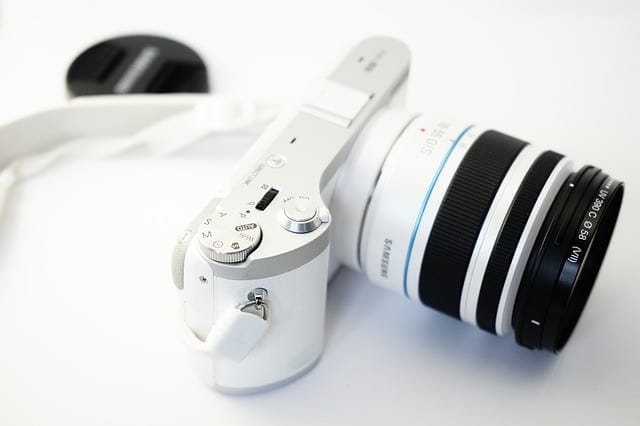Work on Resolution Plus Compression in an Optimum Manner For Quality Pictures
Resolution plus Compression. Image resolution means the amount of detail that an image holds. This term is used for digital images also. Higher the resolution more is the detail of an image. A digital image is made up of very tiny points named pixels. For digital camera, the term resolution is used for the size of the digital image produced by the digital camera. The resolution in digital imaging refers to pixel count. The pixel resolution of any camera is described with two positive integers, the first one is the pixel columns and the second one is the pixel rows which represents the width and the height of the digital image respectively.
Resolution Plus Compression – Pixels explained
The resolution of the camera is the number of pixels captured by a camera. In high-resolution images there are more pixels per unit area and hence you will have a sharper and cleaner image. Another way of citing resolution is to express it in megapixels. Megapixel is calculated by dividing the result of the product of pixel columns and pixel rows by one million. Conventionally resolution is expressed as pixels per inch or pixels per square inch. These all resolutions values stated are not the true resolutions rather they are the maximum values of resolutions you can have in any image.

Resolution Plus Compression – Working at Higher Resolutions
When working with higher resolutions, you have more pixels. The advantage of high resolution is to have better print quality. If part of the image is to be used for the final print of a particular size, magnification of the image is to be done, which is called cropping. In this process, the low-resolution image will have its defects visible but with high resolution lesser magnification is required to have given print size thereby maintaining the high quality of image. However, only increased resolution will not enhance the quality of the photograph in a big way. More megapixels do not ensure that photos are crisp or vivid. The image quality depends not only on resolution but also on size and type of camera sensor. The big disadvantage of high-resolution images is a requirement of more memory. You require more memory space on a camera memory card. This is where you need to know the compression technique to store more pictures on the memory card.
Resolution Plus Compression – What Format to Use?
The format used to save images with compression on the storage card is JPEG. Compression technique actually reduces the capacity of the file to be stored on the memory card. JPEG format permanently loses the quality each time the image is stored on the memory device. Hence this is a glossy format; you lose certain image quality over time. You can fit more number of pictures on a digital storage card and with reasonable compression, you will have images without having a noticeable change in image quality.
However, high compression results into smaller files but lower quality. Lower compression give will give rise to bigger file size but high quality pictures. The loss in quality due to compression cannot be restored back. While taking photographs you may be tempted to set compression levels in camera to the highest level so that you could take more photographs without changing the memory card. But that will decrease the picture quality to an inferior level. The chances of blurriness or noise in such more compressed photographs increase many folds.
Resolution Plus Compression – DSLR
Nowadays many digital SLR cameras are able to save the photographs in RAW format. RAW is a file format where compression is not used. Pictures in this format are saved and re-saved a number of times without losing the quality of the picture. RAW format of file for lossless picture quality will be discussed in detail in coming sections.
Next in the line of camera setting for a quality photograph is color settings.
To know all about color settings go through the next part of the tutorials.
Tutorial Four – Digital Noise and ISO settings – Their significance in quality of photographs










